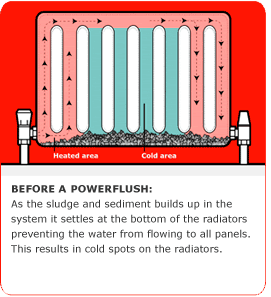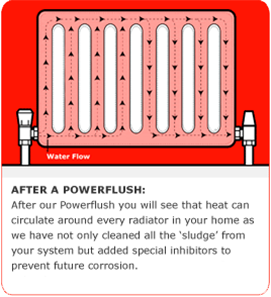
Quick Guide To Powerflushing
You might have heard of powerflushing but be unsure as to what it entails. Here we have a quick guide to powerflushing:
Some of the signs that may indicate that a powerflush is needed are:
A Powerflush should only be completed by a trained Gas Safe Registered plumbers Newton, and can be done either separately as a standalone task, or as a part of your regular annual central heating service and gas boiler service inspection.
A Quick Guide To Powerflushing – Whats Involved?
Over the years, debris builds up in your pipes and radiators and gradually reduces your central heating systems efficiency. Particularly big build up can lead to expensive breakdowns. A power flush Newton is a technique to remove this sludge from your central heating system and get it running smoothly again. Do I Need a Powerflush?
Do I Need a Powerflush?
Some of the signs that may indicate that a powerflush is needed are:
- Radiators that only heat up at the top
- Black water leaking from radiators
- A gradual reduction in the overall effectiveness of your system
- Your loft header tank beginning to overflow
 Who Can Complete a Powerflush?
Who Can Complete a Powerflush?
Comments are closed.